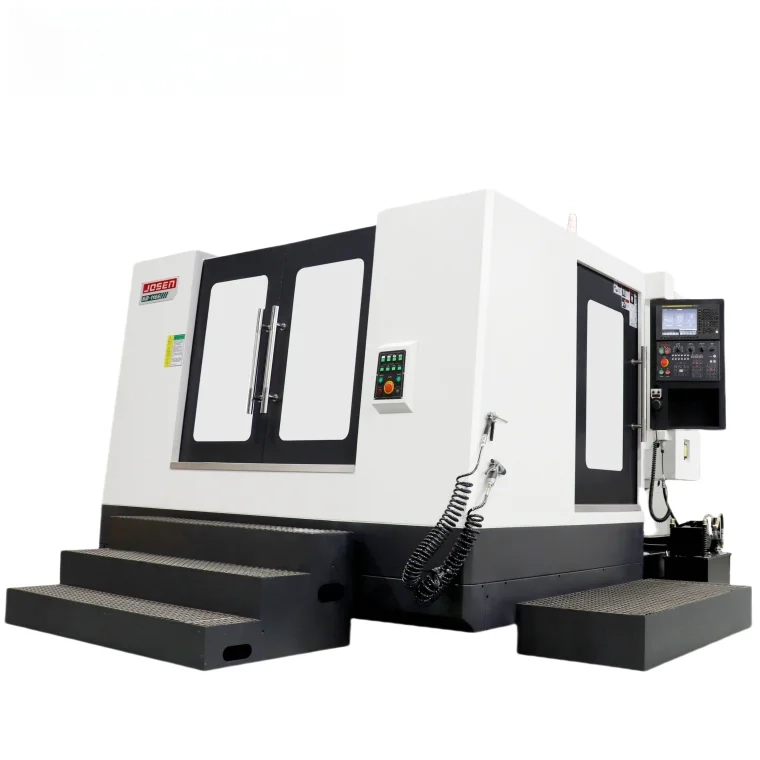Heat exchangers are pivotal components in various industrial processes, playing a crucial role in energy efficiency and thermal management. Among the myriad types of heat exchangers available, one stands out for its simplicity and effectiveness: the shell-and-tube heat exchanger. In this article, we will delve into the fundamental aspects of this heat exchanger type, exploring its design, operation, applications, and advantages, while also considering its limitations.
What is a Heat Exchanger?
Before we dive into the specifics of the simplest type of heat exchanger, it is essential to understand what a heat exchanger is. A heat exchanger is a device designed to transfer heat between two or more fluids without mixing them. This process is vital in numerous applications, including heating, cooling, and energy recovery systems.
The Shell-and-Tube Heat Exchanger: A Closer Look
The shell-and-tube heat exchanger is often regarded as the simplest and most widely used type of heat exchanger. Its design consists of a series of tubes, one set carrying the hot fluid and the other carrying the cold fluid. The two fluids flow in opposite directions, maximizing the heat transfer efficiency.
Design Features
- Tubes: The core of the shell-and-tube heat exchanger is its tubes, which can be arranged in various configurations. The most common arrangement is the straight tube design, but U-tube and multi-pass configurations are also prevalent.
- Shell: The outer casing, or shell, encases the tube bundle. The shell allows for the flow of one of the fluids, typically the one that requires cooling or heating.
- Baffles: Baffles are installed within the shell to direct the flow of the shell-side fluid, enhancing the heat transfer by increasing the fluid velocity and promoting turbulence.
- End Caps: These components seal the ends of the tubes, allowing for the separation of the two fluids while facilitating maintenance and cleaning.
Operating Principle
The operation of a shell-and-tube heat exchanger is based on the principle of conduction and convection. As the hot fluid flows through the tubes, it transfers heat to the tube walls. The heat then conducts through the tube material and is transferred to the cold fluid flowing outside the tubes. The efficiency of this heat transfer process depends on several factors, including the temperature difference between the fluids, the flow rates, and the surface area of the tubes.
Applications of Shell-and-Tube Heat Exchangers
The versatility of shell-and-tube heat exchangers makes them suitable for a wide range of applications:
- Power Generation: In power plants, these heat exchangers are used in condensers and feedwater heaters to optimize thermal efficiency.
- Chemical Processing: They are commonly employed in chemical reactors and distillation columns to manage heat during exothermic and endothermic reactions.
- HVAC Systems: In heating, ventilation, and air conditioning systems, shell-and-tube heat exchangers are used for both heating and cooling purposes.
- Oil and Gas Industry: These heat exchangers play a vital role in refining processes, where they help in the cooling and heating of various fluids.
Advantages of Shell-and-Tube Heat Exchangers
- High Efficiency: The design allows for effective heat transfer, making it suitable for high-temperature and high-pressure applications.
- Scalability: Shell-and-tube heat exchangers can be easily scaled up or down, accommodating varying flow rates and heat transfer requirements.
- Ease of Maintenance: The tube bundle can be removed for cleaning and maintenance, ensuring longevity and optimal performance.
- Durability: Constructed from robust materials, these heat exchangers can withstand harsh operating conditions, making them reliable over time.
Limitations
Despite their advantages, shell-and-tube heat exchangers do have some limitations:
- Space Requirements: They can be bulky, requiring significant space for installation, which may not be feasible in all settings.
- Cost: The initial investment can be higher compared to simpler heat exchanger designs, such as plate heat exchangers.
- Pressure Drop: The design may result in a higher pressure drop across the system, which can affect pump efficiency and operational costs.
Conclusion
In summary, the shell-and-tube heat exchanger represents the simplest yet highly effective type of heat exchanger available today. Its straightforward design, coupled with its versatility and efficiency, makes it a staple in various industries. Understanding its operation, applications, and advantages can help engineers and technicians make informed decisions when selecting heat exchangers for their specific needs. As industries continue to prioritize energy efficiency and sustainability, the role of heat exchangers, particularly the shell-and-tube variety, will remain integral to optimizing thermal processes.





+ There are no comments
Add yours